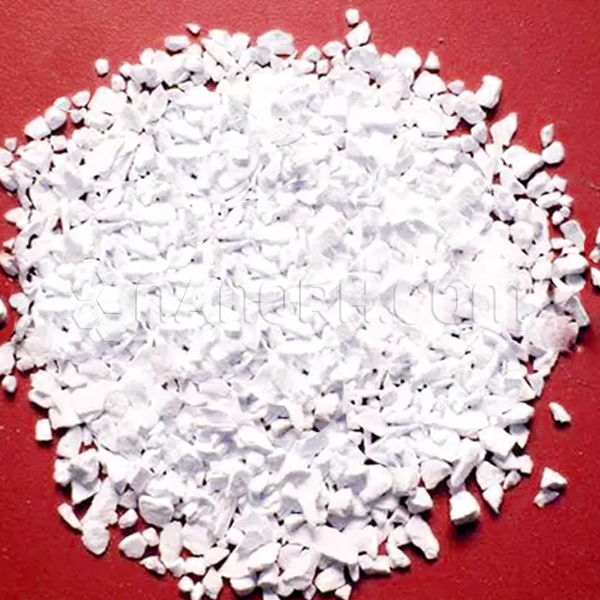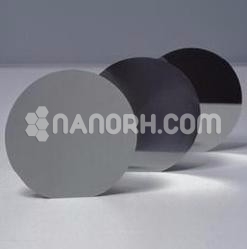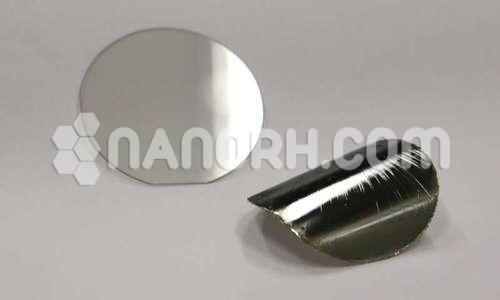| Scandium Oxide Pieces | |
| Product No | NRE-62049 |
| CAS No. | 12060-08-1 |
| Formula | Sc2O3 |
| Size | 2-6mm Pieces (Can be Customized) |
| Quantity | 100g, 250g |
| Purity | 99.99% |
| Molecular Weight | 137.91 g/mol |
| Density | 3.86 g/cm³ |
| Melting Point | 2,485 °C |
| Boiling Point | NA |
Scandium Oxide Pieces
Introduction:
Scandium oxide pieces also known is a chemical compound of scandium, a rare earth element. Scandium oxide is known for its high melting point, stability, and unique optical properties. It is often used in various industrial applications, particularly in advanced materials and technologies. Scandium oxide can be found in various forms, including pieces or powder, which are utilized in different contexts based on their properties.
Applications
Ceramics and Glass: is used in the production of advanced ceramics and glass. Its addition can improve the mechanical strength, thermal stability, and optical clarity of these materials, making them suitable for applications in high-performance environments.
Electronics: employed in the electronics industry, particularly in the fabrication of transparent conductive oxides (TCOs) used in displays, touchscreens, and solar cells. Its conductivity and optical properties make it a valuable component in modern electronic devices.
Lighting: Sc2O3 is used in high-intensity discharge (HID) lamps, such as metal halide lamps. It contributes to the production of bright, white light with excellent color rendering, making it ideal for commercial and industrial lighting applications.
Alloy Production: Sc2O3 is used in the production of aluminum-scandium alloys, which enhance the strength and performance of aluminum in aerospace and automotive applications. These alloys exhibit improved weldability and corrosion resistance. Its ability to enhance reaction rates makes it valuable in various industrial processes.
Research and Development: Scandium oxide is utilized in various research applications, including studies related to solid-state physics and materials science, where its unique properties can be explored for innovative technologies.




